The 34 early Georgian houses that line Fournier Street, in the heart of Spitalfields, are a perfectly preserved microcosm of East London life through the centuries. Since it was built in the 1720s, the street – which runs between Brick Lane and Commercial Street, in E1 – has variously been home to the city’s wealthiest and poorest.
With many of its first residents Huguenot weavers escaping religious persecution in France, the street is characterised by its series of highly glazed lofts, harnessing the light vital for the skilled textile work, with many of the houses subsequently bought by those in the silk trade.
Arguably one of the finest houses on the street, No. 14, was built in 1726 by master carpenter and architect William Taylor, and subsequently leased by silk weavers Signeratt and Bourdillon. It is believed that in its attic space the fabric for Queen Victoria’s coronation gown was woven.

The Grade II-listed five-storey house, which stretches over 3,546 sq ft of living space, is still an impeccable example of early Georgian craftsmanship – largely thanks to its present owner, the one-time television producer Ben Adler (whose credits include MasterChef). He admits, however, that it was something of an accidental renovation project.
Adler bought the property in 2013 with his late wife, the award-winning producer Patricia Llewellyn, creator of Two Fat Ladies, The Naked Chef and Ramsay’s Kitchen Nightmares, who died from breast cancer five years ago. Used as offices, the house had been stripped back to bare wood in the 1980s and starved of care, but for Adler it was love at first sight.

‘The Georgians painted all their woodwork, so that was our main plan – to paint the house from top to bottom,’ he says. ‘We thought it was structurally sound, which had been confirmed by a local structural engineer, but before our architects got to work they had the place checked out again. It turned out a massive amount of hidden steelwork would be needed to guarantee the house’s structural integrity – so a job we thought would take a few months ended up taking two and a half years.’
The cost of the work ran to seven figures – but it’s future-proofed the home, Adler says, for at least another 300 years, and earned the house the RICS Building Conservation Award of 2018. Using master craftsmen at every stage, the restoration had to be respectful of the building’s past – the façade’s brickwork and hundreds of internal wooden panels were repaired, and ceilings fixed up with lath and plaster, ensuring it undulates authentically – but not make its owners feel trapped.
‘We didn’t want to live in a museum,’ he says, ‘so we made sure we had proper lighting, high-speed wifi, air-conditioning on the top floor and underfloor heating throughout.’ A thoughtful interiors scheme throughout the house, which has the potential for five bedrooms, included the installation of a huge eat-in kitchen on the lower ground floor, with cabinetry painted in Farrow & Ball’s inky Railings, and the obligatory Aga, pair of dishwashers and wine fridge.
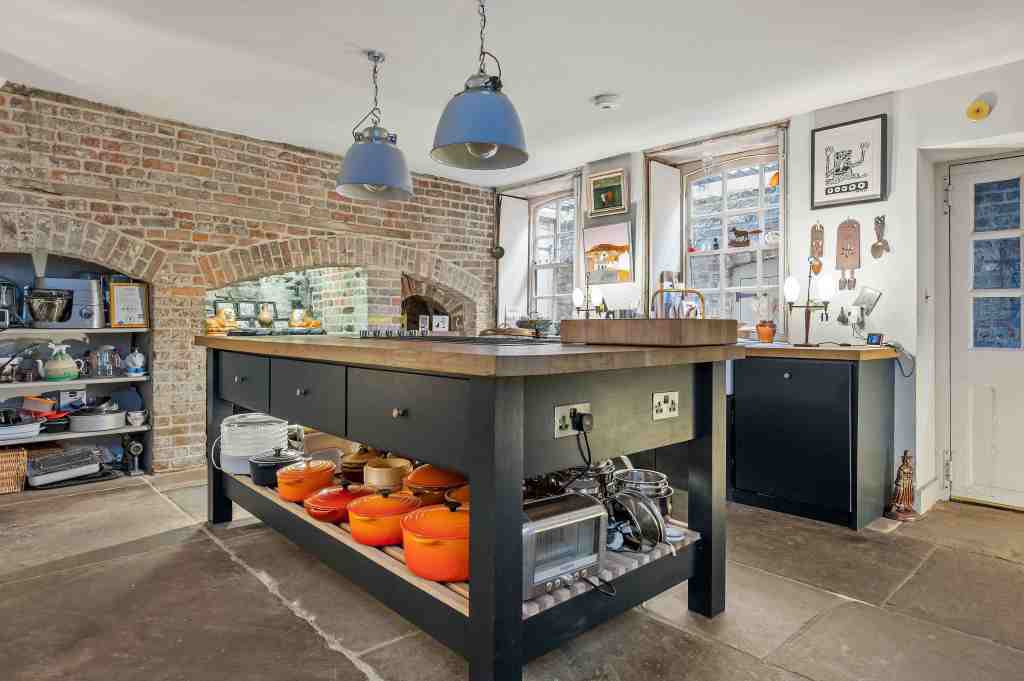
Up on the first floor, in the main living space (at a positively palatial 26ft by 14ft, it’s worthy of the title piano nobile), wood-panelled walls are painted in another Farrow & Ball shade, the stormy Inchyra Blue, as a backdrop to bright, decorative rugs, a Louis XIV Os de Mouton sofa reimagined by Rose Uniacke and rock-crystal chandeliers from Fulham-based Matthew Upham Antiques. From the third-floor principal bedroom suite, there are sweeping City views.
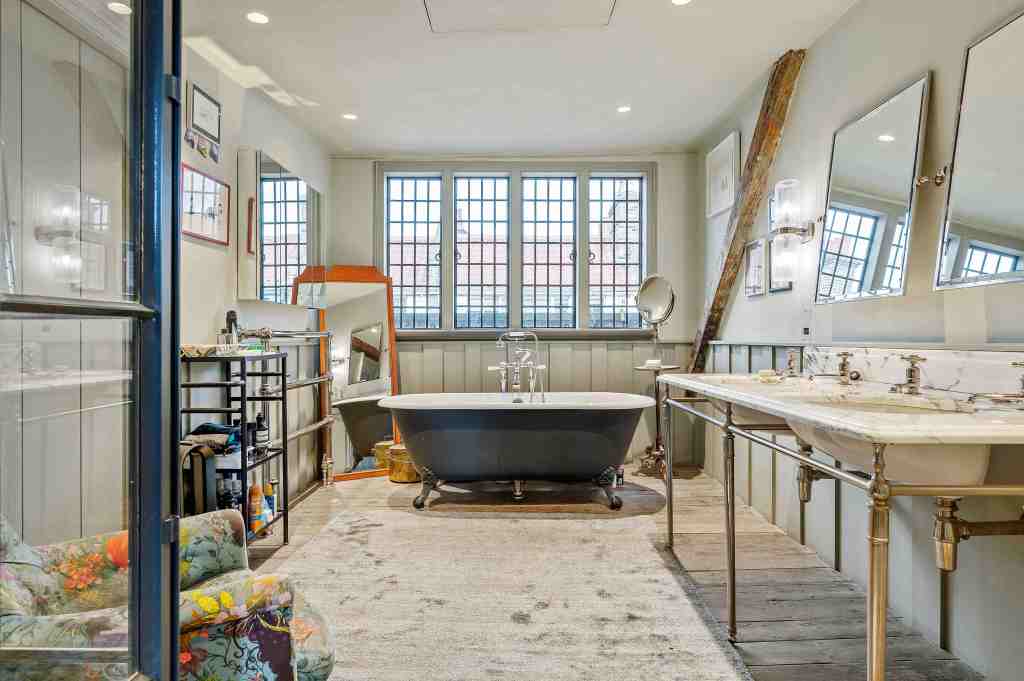
Elsewhere, figurative and contemporary still-life paintings, red-and-gold brocade-covered dining chairs that once belonged to film director Richard Attenborough, vintage marble basins and a cast-iron bath tub meld the classic with the modern. The 40ft-long walled garden has also been stylishly made over: once dominated by a nine-car garage, it’s now a Georgian-inspired flower-filled urban oasis, designed by Miria Harris.
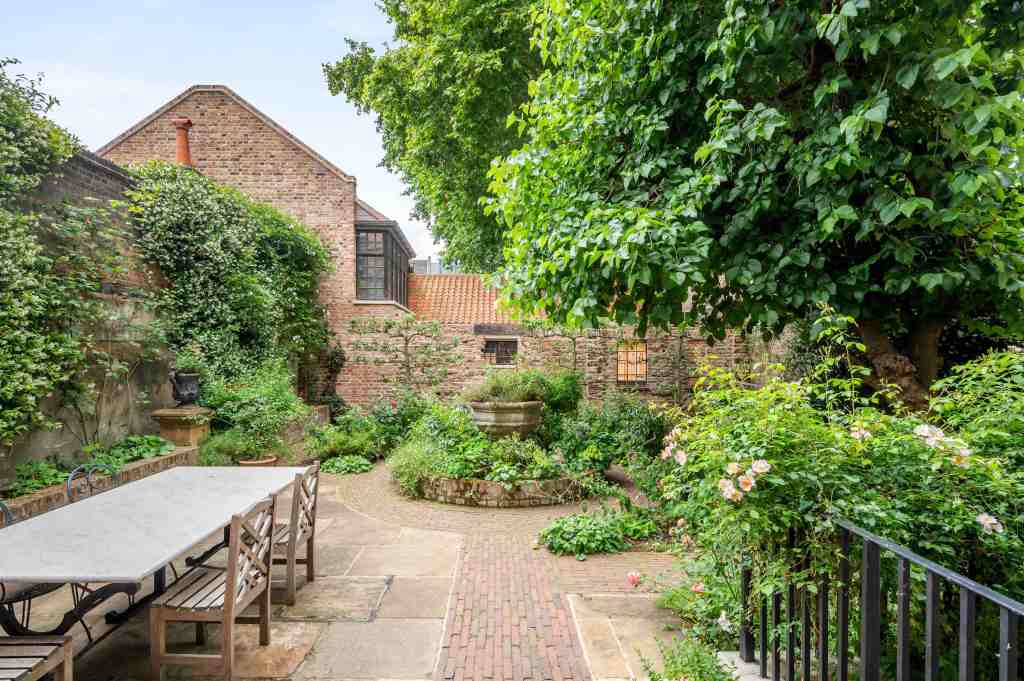
After all that hard work, you might expect Adler to be hanging on to the keys – but No. 14 Fournier Street has hit the rental market with Savills. For £3,000 a week, the tenant also receives the services of a gardener and use of the furniture, should they want it. Although Adler says he will never sell up, he is regularly away travelling with his fiancée, an opera singer, and feels strongly the house deserves to be lived in full-time. ‘It is such a privilege to own it, and I couldn’t bear to leave the area, so am moving just a few doors down the street.’
The new residents will not only get a singular piece of Georgian London, they’ll soon be part of a vibrant, embracing community. ‘Pat used to say it was like living in a small Welsh village in the centre of London,’ Adler says. ‘When she died in 2017, I felt very much looked after by the neighbourhood: people brought me flowers and cakes and meals, and I deeply appreciated that. The new tenants will be amazed that this kind of warmth can exist in sight of the City.’

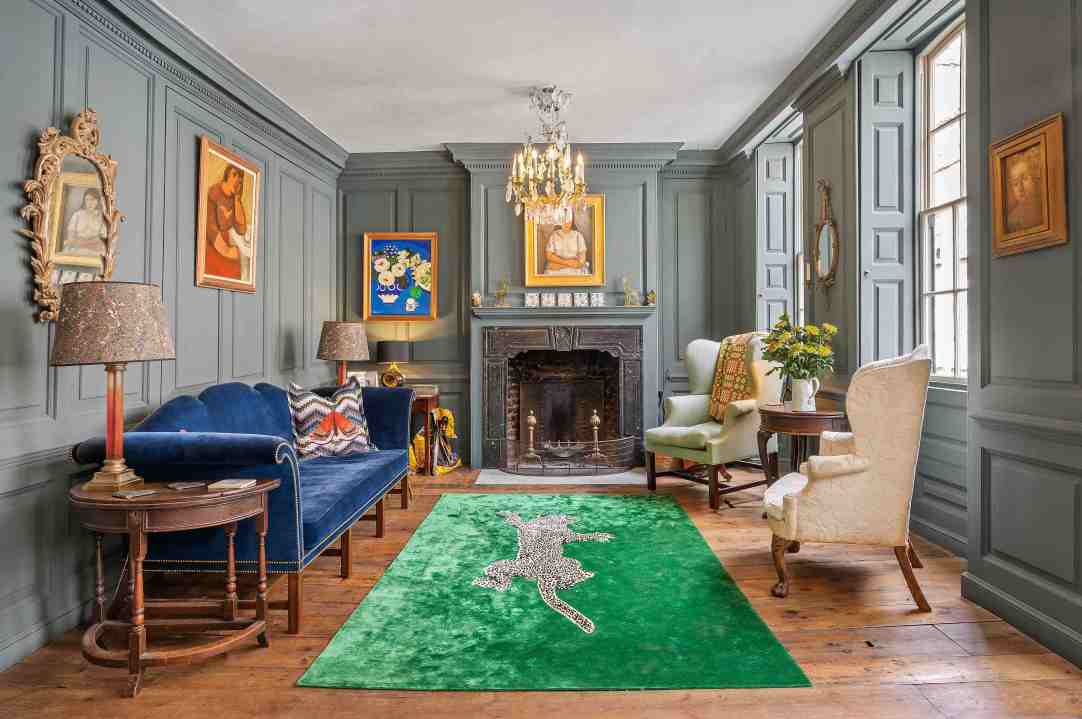
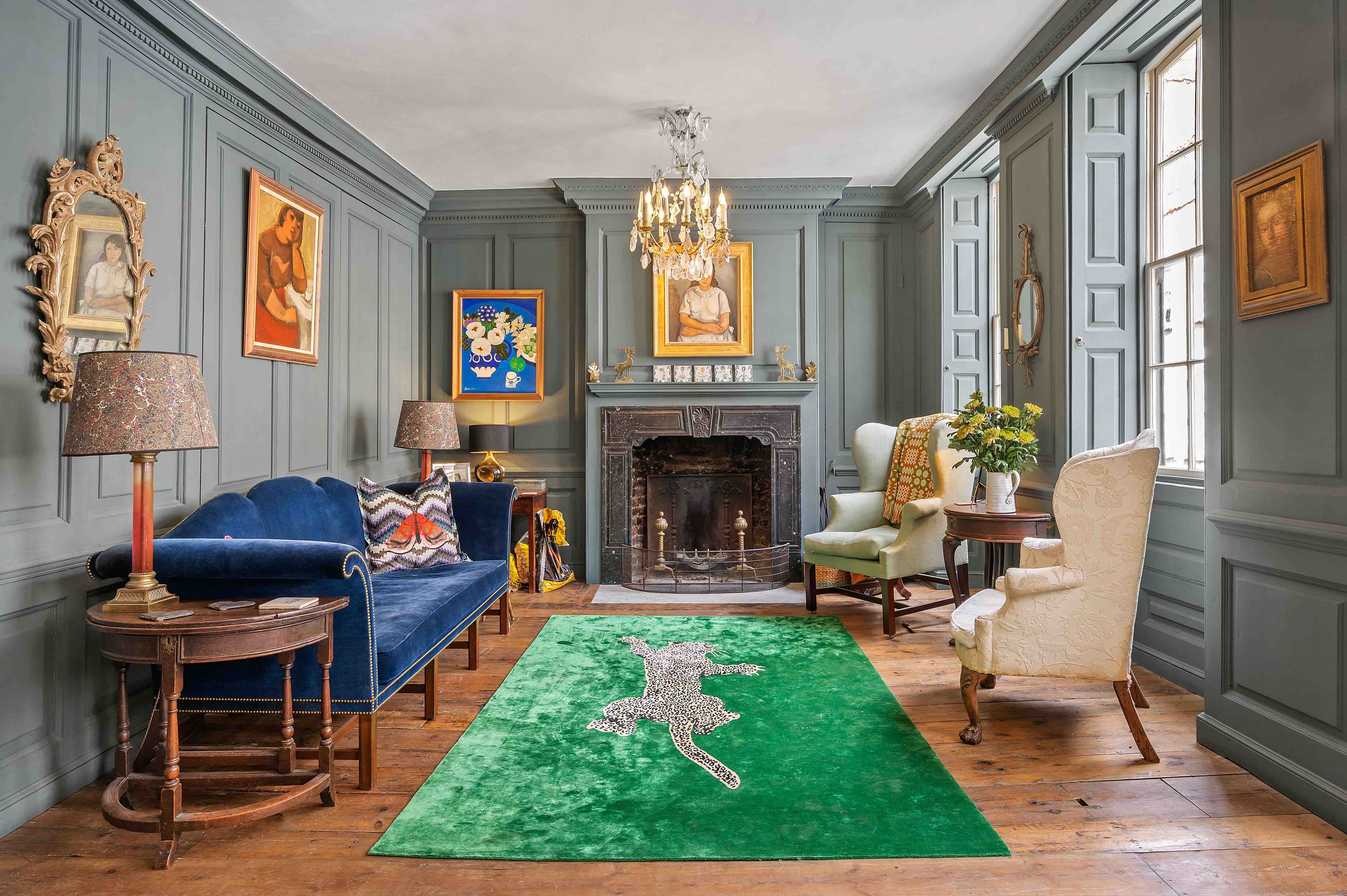




Comments